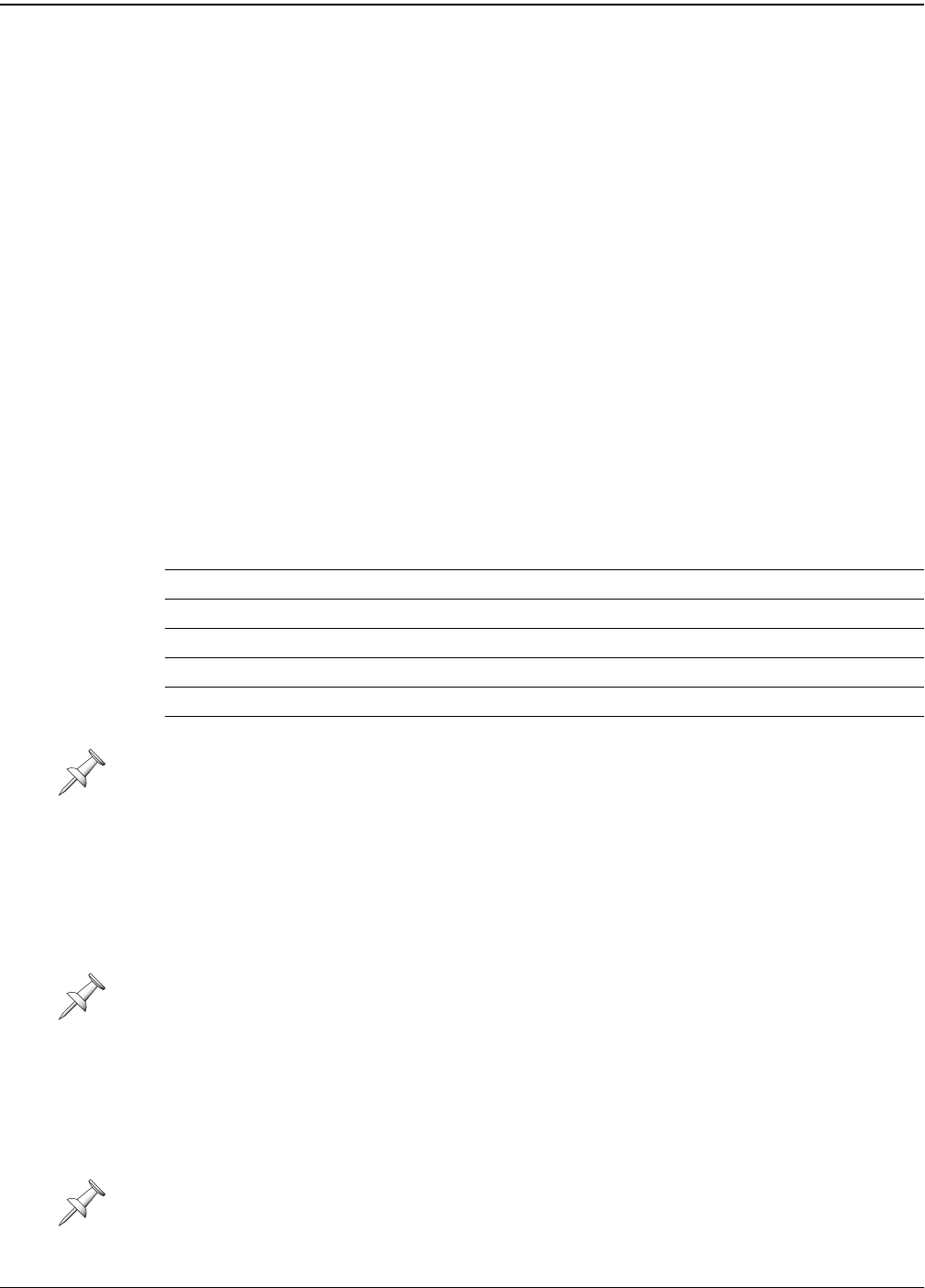
7—Project and Drive Operations
96 www.rolandus.com Roland VS-2480 Owner’s Manual
NEW
When you create a new project, you make two important choices that determine both
the nature of the project and what you can do with its audio. While these choices are a
product of the VS-2480’s great flexibility, they can’t be changed once the project’s been
created, and so they must be made carefully. Before we go through the steps involved
in creating a new project, let’s discuss these decisions so you’ll know what to do when
you encounter them during project creation.
Sample Rate
All digital recorders record audio by creating a numerical representation of it at a
particular moment in time—this numerical representation is called a “sample.” By
creating samples many thousands of times per second—and playing them back just as
quickly—the illusion is created of a single stream of continuous audio. In fact, what
you’re hearing is really a series of separate samples.
Since audio is constantly changing, the more samples a recording device makes per
second, the greater its chances are of faithfully capturing and reproducing its sound.
The number of times per second that a digital recorder samples audio is called its
“sample rate.” The VS-2480 can record audio at a variety of sample rates.
You might think you’d always use the highest sample rate, but it’s not that simple.
Higher sample rates use up disk space faster, and there’s an even more serious issue:
•
Audio CDs can only play audio recorded at 44.1k
. If you’ve connected a Roland-
approved CD-R/RW drive to your VS-2480 and plan to write your project onto an
audio CD, use the 44.1k sample rate. (Chapter 27 describes creating audio CDs.)
The other available sample rates are provided for special needs. Recording at 96k is
growing in popularity for the extra quality it promises, but so far, only DVDs can utilize
96k audio—if you’re doing a project for DVD, 96k recording is a consideration. The 48k
sample rate can be helpful if you’re digitally importing 48k-recorded tracks from an
external digital device.
This sample rate: Creates this many samples per second:
32k (kiloHertz) 32,000
44.1kHz 44,100
48kHz 48,000
64kHz 64,000
88.2kHz 88,200
96kHz 96,000
Sample rates are displayed in kiloHertz, or thousands of cycles/samples. On the
VS-2480’s project NEW screen, “kHz” is abbreviated as “k.”
While you
can
export non-44.1k audio from the VS-2480 via R-BUS or as .WAV files
(Page 356) for processing and eventual return to the VS-2480 for CD-burning, sample
rate conversion generally reduces a sound’s quality. It’s smarter to record your audio at
44.1k in the first place if you plan to deliver it to listeners on an audio CD.
Some effect patches are not available in projects that use a 64k-or-higher sample rate.
VS2480OMUS.book 96 ページ 2006年2月7日 火曜日 午後4時16分


















